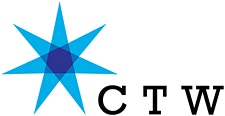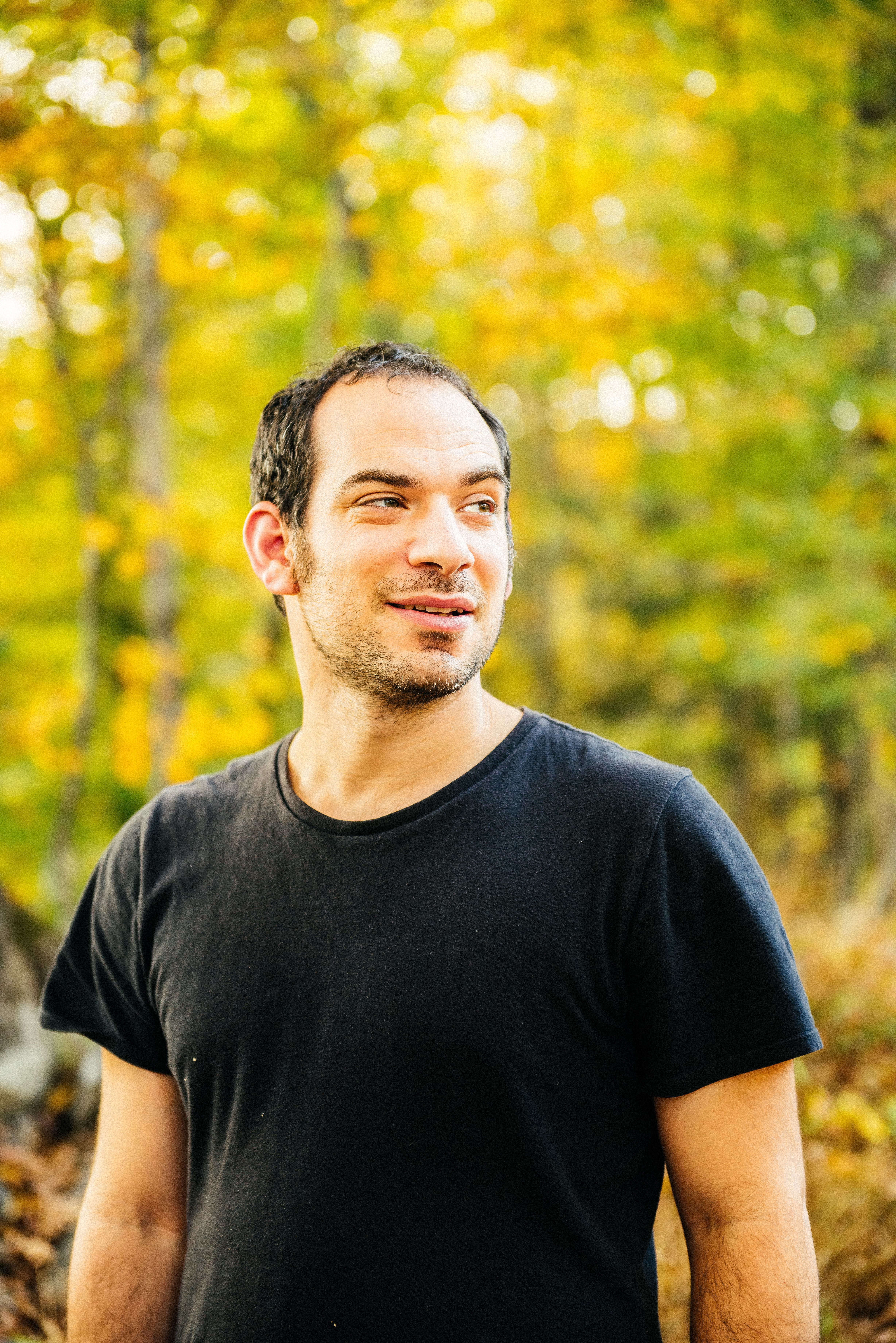By Eli Mitchell-Larson
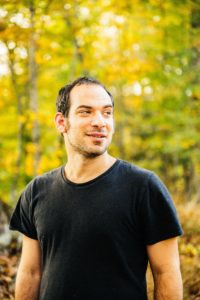
Eli Mitchell-Larson: Tell us about your background and how music, performance, and creative writing have woven into your life and career.
Jonathan Mann: I’ve been writing songs since I was 12 years old, inspired by a love of Bob Dylan. Not long after that, in college, I learned about recording. In college I’d do things like write and record songs for everyone that lived in my dorm, or record 40 songs that were each 40 seconds long,
Then, after grad school (where my thesis was a rock opera based on Super Mario), I was unemployed and living in Berkeley. It was 2008 and the height of the financial crash. I decided to start writing a song a day on January 1st, 2009, and I haven’t stopped since.
I make my living doing a variety of song-related things. One of the main things I do is make recap songs for conferences and meetings. I’ll sit through a day of talks, take copious notes, then by the end of the day, I’ll get up and perform a 3-minute song that recaps all the main points. It usually involves the audience singing along to the chorus. I also make songs/videos for companies to use as ads, explainers, etc. I also do personal commissions for people for birthdays and weddings – that sort of thing. I also have a Patreon.
I feel incredibly lucky to be able to make a living making music. That said, it’s a constant hustle. Life as a freelance songwriter can be extremely stressful at times.
EML: In what ways has technology played a role or opened up opportunities for you in your artistic career?
JM: I was a relative early adopter of YouTube, Twitter, Kickstarter and Bandcamp – all of which have been instrumental in furthering my career. The songs of mine that have gone viral have often led directly to opportunities, and I’ve reached out to and met people on Twitter who’ve hired me. Beyond that, the small but dedicated community that I’ve managed to build on YouTube has sustained me in my song-a-day endeavor.

EML: What have been the most surprising and empowering moments for you as a performer?
JM: There was this time that I made a recap song for TEDMED (the medical version of the TED conferences). One of the speakers was, at the time, the Surgeon General of the US. She had this bit in her presentation that one of the ways you can stay healthier is to take impromptu dance breaks throughout the day. So, in my recap song, I included a dance break, and I got the entire audience up on their feet dancing with me – with no music. I had put down my baritone ukulele to dance!
EML: You’ve written a song a day for over 9 years, and now hold a Guinness World Record (one that is unlikely to be surpassed anytime soon!). What keeps you going, particularly through the tougher days when your creativity is sapped or you’re overwhelmed in other arenas of your life?
JM: There have been several times over the last 9 years that I’ve seriously considered stopping.
Often when I’m about to hit a big milestone (1,000, 2,000, 3,000…), I’ll give it real thought. The main thing that keeps me going is momentum. It’s easier to keep going than it would be to stop. Some friends of mine have argued this is the reason TO stop – because it would require doing the hard thing. I definitely see that point of view. It’s tempting, even; doing the more challenging thing in life is really important. But I also take the long view. No one, as far as I know, has kept up a streak like this for this long. What happens if I just keep going, into my old age?
There’s something I’m giving up by not letting my creativity have a rest. What if I just stopped for a month and didn’t make anything, to let my creative reserves just get filled up? Maybe our creativity muscles need rests. But, by keeping my streak going I benefit from the spontaneity of seeing what comes out every single day. Most great writers of all kinds have some kind of daily practice. The bottom line is that some days can be really, really hard. But on those days, I just go easy on myself and phone it in a bit. Often, I’m surprised by what comes out!
EML: Your songwriting spans almost every imaginable topic, from the mundane (iPhone cell reception) to the absurd (a deer licking a cat) to the personal (most famously, sharing a difficult breakup with the world via a song), but always with a comedic or insightful spin. Can you talk about your creative process for finding that gem and polishing it into a finished product?
JM: Honestly, I don’t really know! I’m a very intuitive creator. I follow a rogue thought or a stray idea and just see where it leads me. I don’t have one particular process that I follow.
EML: You’re speaking this week on the topic of artist tokenization – the practice of selling one’s IP, royalties, or other rewards via a public sale of digital tokens, usually riding on top of the Ethereum blockchain (or another protocol). Can talk about your own experience with blockchain technology, and why it fascinates you?
JM: I got into blockchain because CryptoPunks – 10,000 unique, procedurally-generated, 24×24 pixelated punks, each for sale on the Ethereum blockchain as cryptographically-certified unique digital art. I had been aware of Bitcoin and blockchain technology since its inception, but CryptoPunks was the first project that captured my imagination and helped me see the ways in which my own work could intersect with crypto.
There are so, so many different ways that people are approaching music on the blockchain, from the newly launched Choon, where they have “streaming as mining” such that every time your song is played you get paid in crypto, to Vezt, who are making it easy for fans to invest in their favorite artist’s songs by owning a piece of the song’s future earnings.
But by far, the most exciting thing to me is the tokenization of songs themselves. There’s a bevy of platforms working on tokenizing digital visual artworks, but very few of them (so far) allow for the tokenization of other assets like music or video. I think that’s where the true potential lies. It takes a bit more of a mental leap because there is no “meatspace” analog for owning an artist’s “original” song. With visual work, it’s easy to say “Owning this cryptographically-certified digital art is like owning a painting, versus a random screenshot being like owning a print.” But there’s no analog between a painting and a song. The closest thing is maybe a rare print of a vinyl release, but even that doesn’t quite capture it.
EML: Do you have plans to incorporate these technologies into your own projects?
Yes, I’m building a new home for “Song a Day“ called songaday.world (It’s not launched yet, but we’re getting there).
Songaday.world will essentially be a new way to navigate my song a day project by attribute. So, as you mentioned, I’ve written about a very wide variety of topics. You’ll be able to search by topic, but you’ll also be able to search and cross reference by the location I recorded the song, the mood of the song, the song length, the tempo and key of the song, the instruments used, and many other attributes. On top of all that, each and every song will be available to purchase on the Ethereum blockchain. Just as you can buy a CryptoPunk or Kitty, you’ll be able to own the original, digital “first edition” of each song a day song. The value of a CryptoPunk is determined by the rarity of its attributes, as compared to those of the rest of the punks. I’m hoping a similar dynamic will happen with my songs.

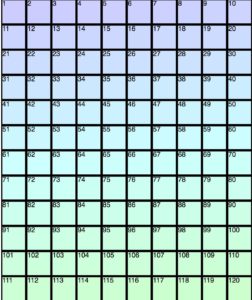
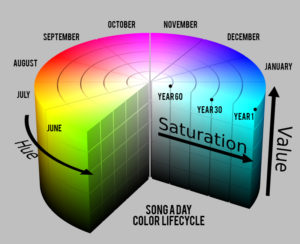
All of these attributes are then algorithmically combined to create a singularly unique image for every song. When you buy the song on the blockchain, you’re buying a token that has the generated image, attributes, and song file all combined.
EML: You’re speaking on a panel at Creative Tech Week’s CryptoCreative event on Thursday May 10th, and also performing at that event. What do you have in store for this performance, and where else can we catch you performing or speaking in NYC this week?
JM: I rarely perform out for public consumption, so be sure to catch me at CryptoCreative!
Eli is a social entrepreneur, impact investor, and aspiring goatherd. He spent much of the last two years in Nepal building SunFarmer, a solar company that provides thousands of customers with affordable, clean energy, and now serves on SunFarmer Nepal’s board. After falling in love with elliptic-curve cryptography and the technologies underpinning cryptocurrencies, Eli is launching a project called CryptoAtlas to collect and share the most compelling stories of people who are already benefiting from the use of cryptocurrencies and blockchain technologies. You can sign up to learn more about CryptoAtlas here.
